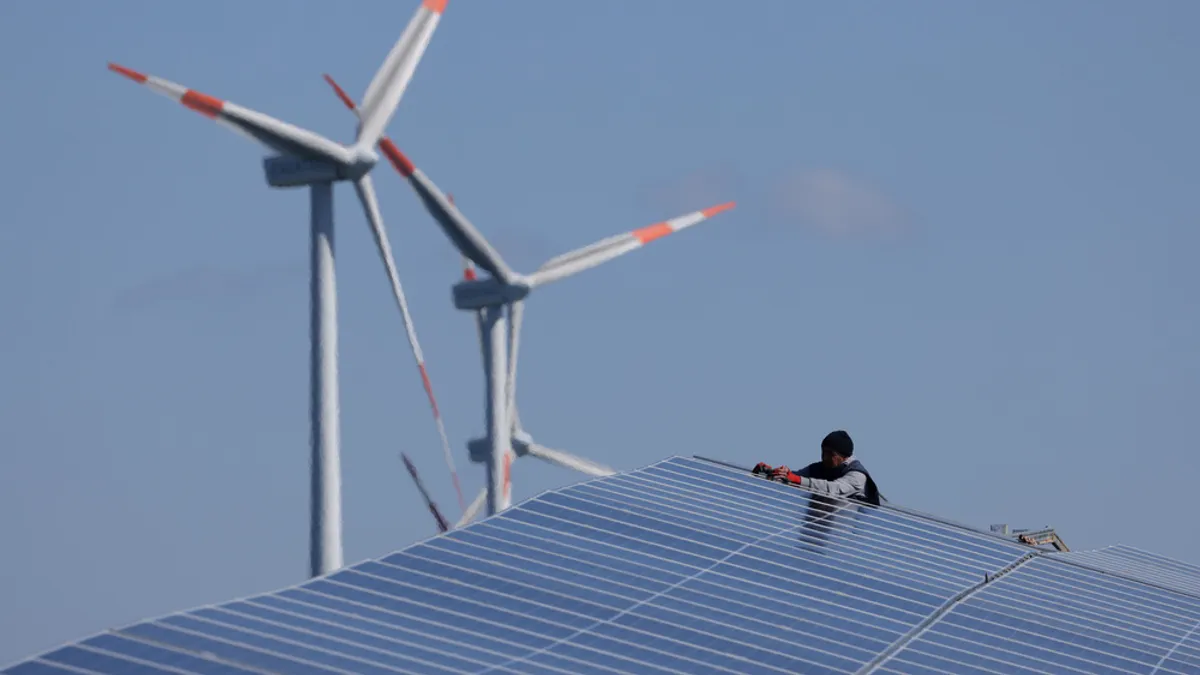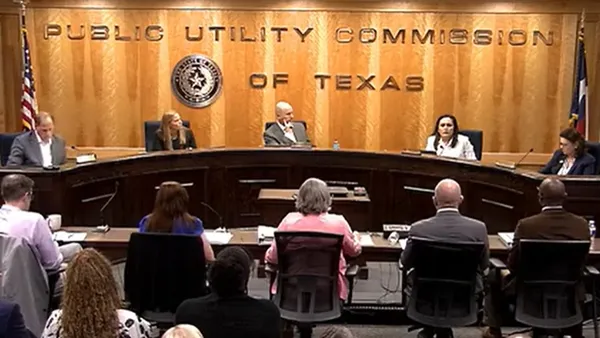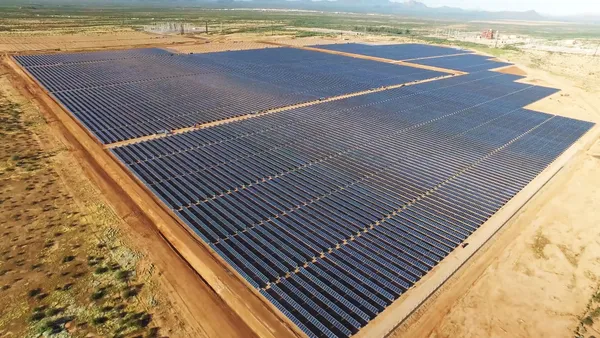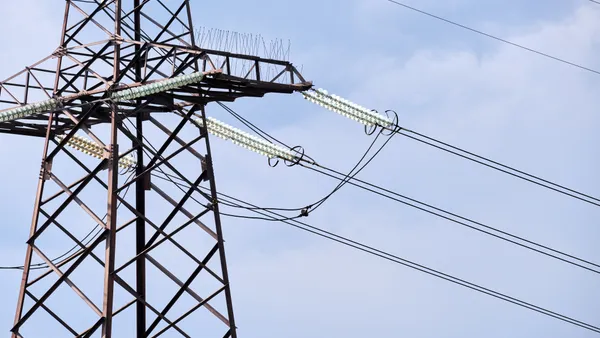Dive Brief:
- Electric vehicle (EV) sales are expected to represent 28% of global light-duty vehicle sales sometime shortly after 2025, growing faster than initially thought, according to Bloomberg New Energy Finance.
- The development is reflected in a number of company strategies. Last week, ChargePoint announced will develop 2.5 million EV "charging spots" by 2025, up from its current 54,000, in response to the growth in EV adoption.
- On the same day, EVBox said it will target 1 million charging points globally by 2025. Nissan and EVgo also announced earlier this month they've completed the development of a series of fast charging stations across the 500 miles from Washington, D.C. to Boston.
Dive Insight:
The new BNEF numbers and company announcements reflect a global electric vehicle market that's heating up faster than expected. ChargePoint says its new production targets come "midst of a revolution in transportation."
There are about 170,000 gas stations in the United States fueling more than 200 million vehicles, according to John Gartner, director of Navigant's energy practice.
Because of how differently gas stations and charging stations function, comparison can be difficult. But suffice it to say that millions will be needed to support the accelerating growth of electric vehicles.
"The charging station can service many fewer customers in a day than a gas station," Gartner told Utility Dive. However, internal combustion engines "don't have home refueling."
"It's likely that anyone with a dedicated parking spot, with access to electricity — the vast majority of those people are gong to choose to charge at home," Gartner said. "Only a percentage of those will look into buying a home charger."
Last year the U.S. Department of Energy's National Renewable Energy Laboratory (NREL) published an extensive look at what it would take to support 15 million plug-in vehicles. It came up with about 600,000 non-residential Level 2 plugs and 8,500 DC Fast Charging stations.
Range anxiety is seen as one obstacle to mass market adoption of EVs, but as battery duration improves experts say charging infrastructure may have to scale up rapidly. By 2040, BNEF believes electric vehicles will make up 55% of light-duty vehicle sales and represent 33% of the total car fleet worldwide.
That's an outlook ChargePoint shares, and the company says its charge ports will support a forecasted 20 million EVs that will be on the road in North America and Europe by 2025. The majority of charging locations will be evenly split between Europe and North America, the company said, with smaller percentages in Australia and New Zealand.
"[B]roadly distributed, substantial and immediate investments in charging infrastructure are necessary," ChargePoint President and CEO Pasquale Romano said in a statement.
There will be millions of charging ports needed, but ChargePoint's 2.5 million goal is an aggressive one — scaling up from the 54,000 it has so-far deployed would represent a 50-fold increase over just 7 years.
While states are working to develop charging infrastructure they are also having to learn as they go along, Matt Stanberry, vice president of market development at Advanced Energy Economy, told Utility Dive.
"There are a number of regulatory and market issues that need to be addressed to enable the ability of the industry to meet the mass market," Stanberry said. "PUCs are wrestling with what are the right roles for third party charging companies like ChargePoint and utilities."
"The regulatory issues are being worked through as the market heats up," he added.
North America will have 12 million residential charging points and 1.2 million public charging points installed by 2030, according to an August estimate by GTM Research. Worldwide, that number could hit 40 million, the firm said.
"Charging infrastructure requirements that will be necessary to enable mass market adoption will require expansion beyond any individual company," Stanberry said.
Gartner said he forecasts 6 million residential charging locations in the United States by 2025, though "many of those will be just wall outlets."
"We still expect a lot of vehicles that are just plugged into the wall ... [without] any charging equipment there," he said.
Navigant expects 800,000 residential chargers to be rolled out by 2025, along with 330,000 non-residential.
Already, some signs of the accelerated charger buildout are appearing. Nissan and EVgo's "I-95 Fast Charging ARC" between Boston and Washington D.C. is made up of nine charging stations equipped with 52 EVgo fast chargers in all. All the chargers have two connector options.
Each station can charge four or more EVs simultaneously at a power output of 50 kW. EVgo says the stations have also been constructed to enable easy upgrades, including pre-wiring which will allow fast chargers to upgrade up to 150 kW.
















